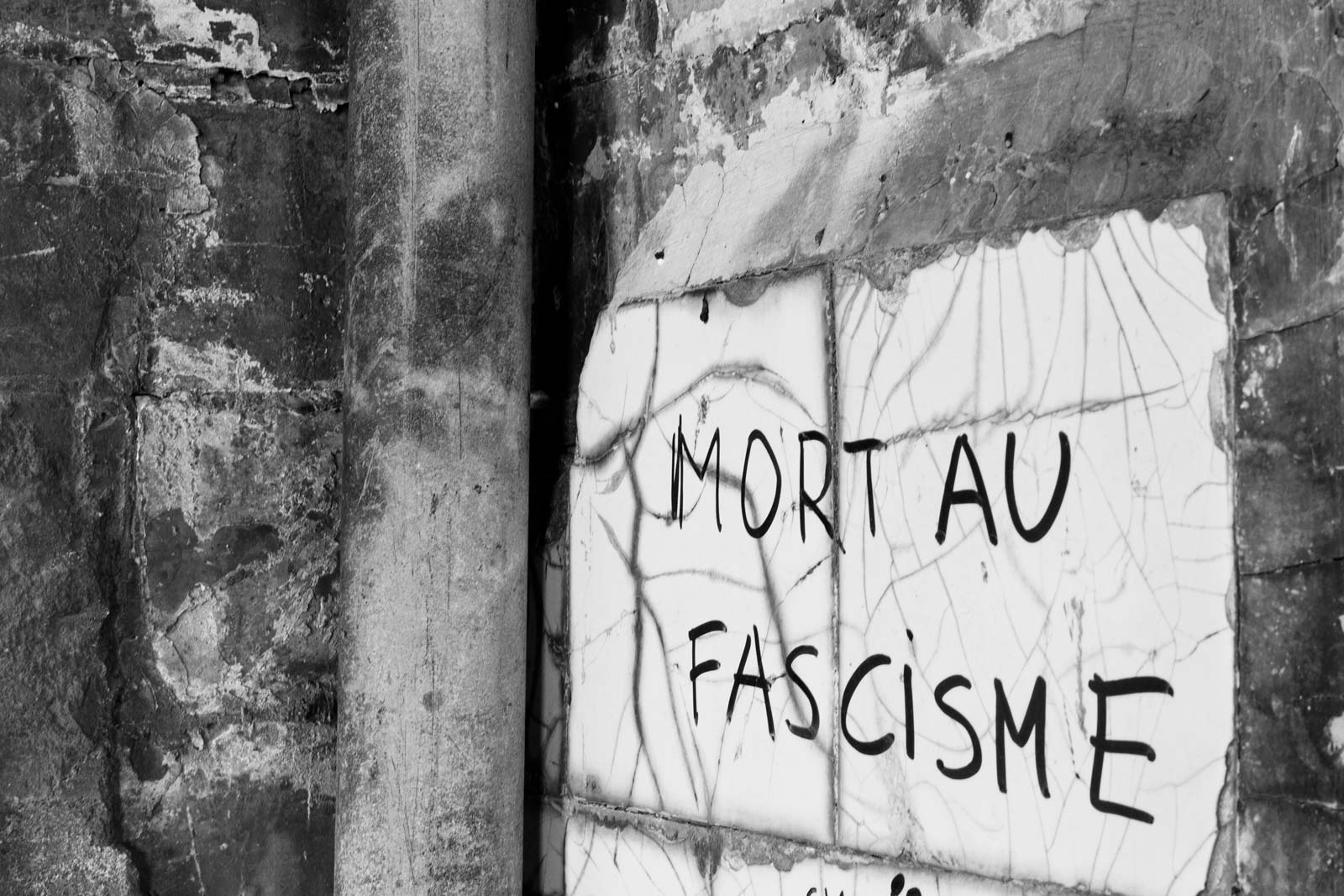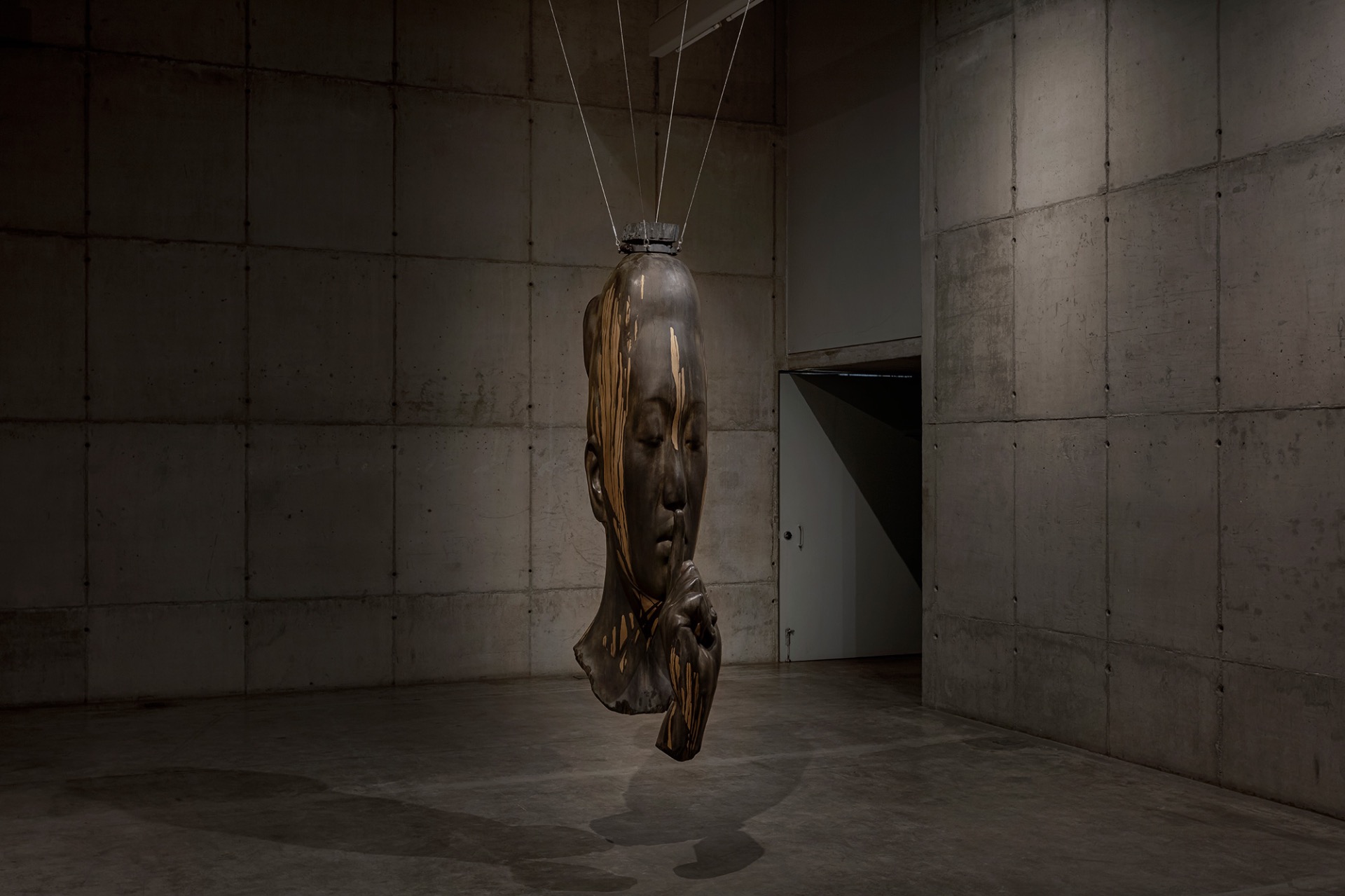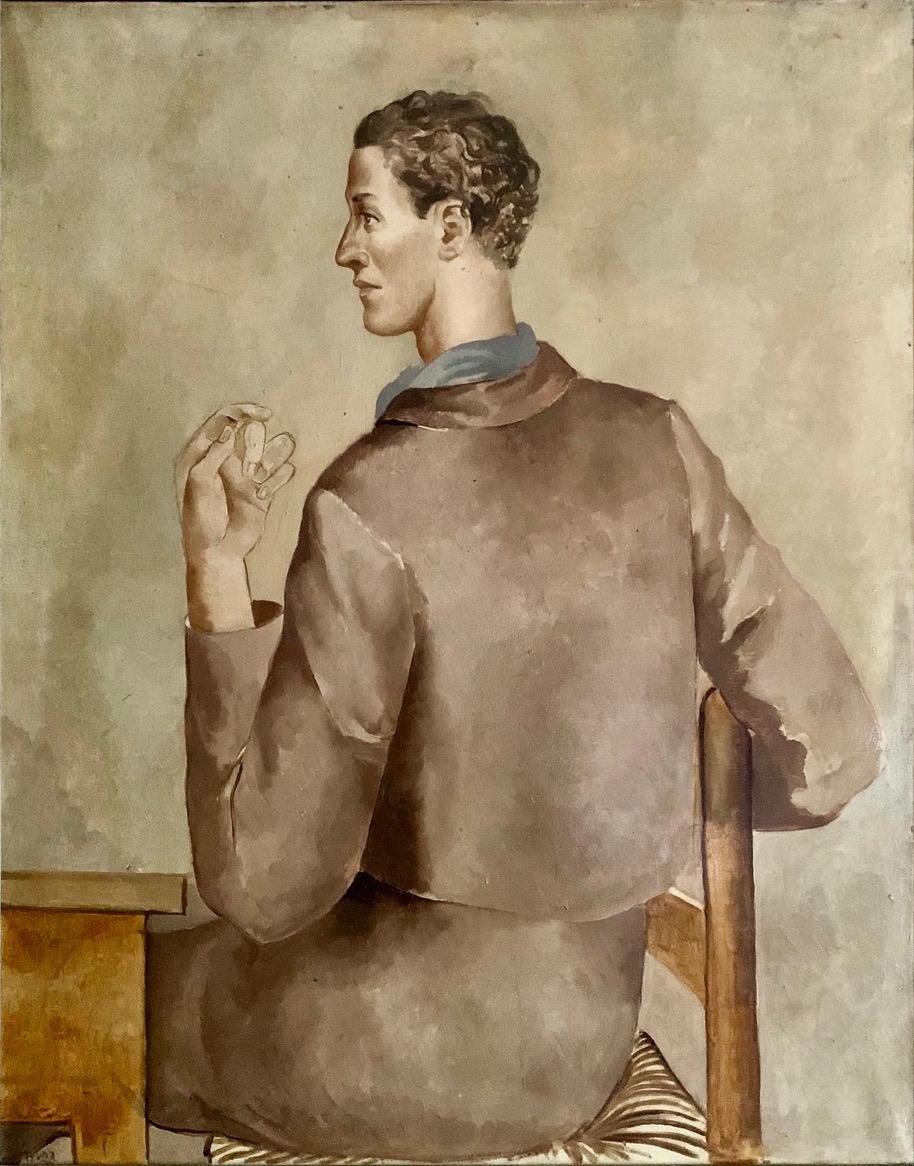News
The General Directorate of Cultural Heritage presents the roadmap until 2030
Joaquim Borràs explains to the Cercle d'Economia the priorities for updating regulations, strengthening facilities and bringing heritage closer to Catalan society.
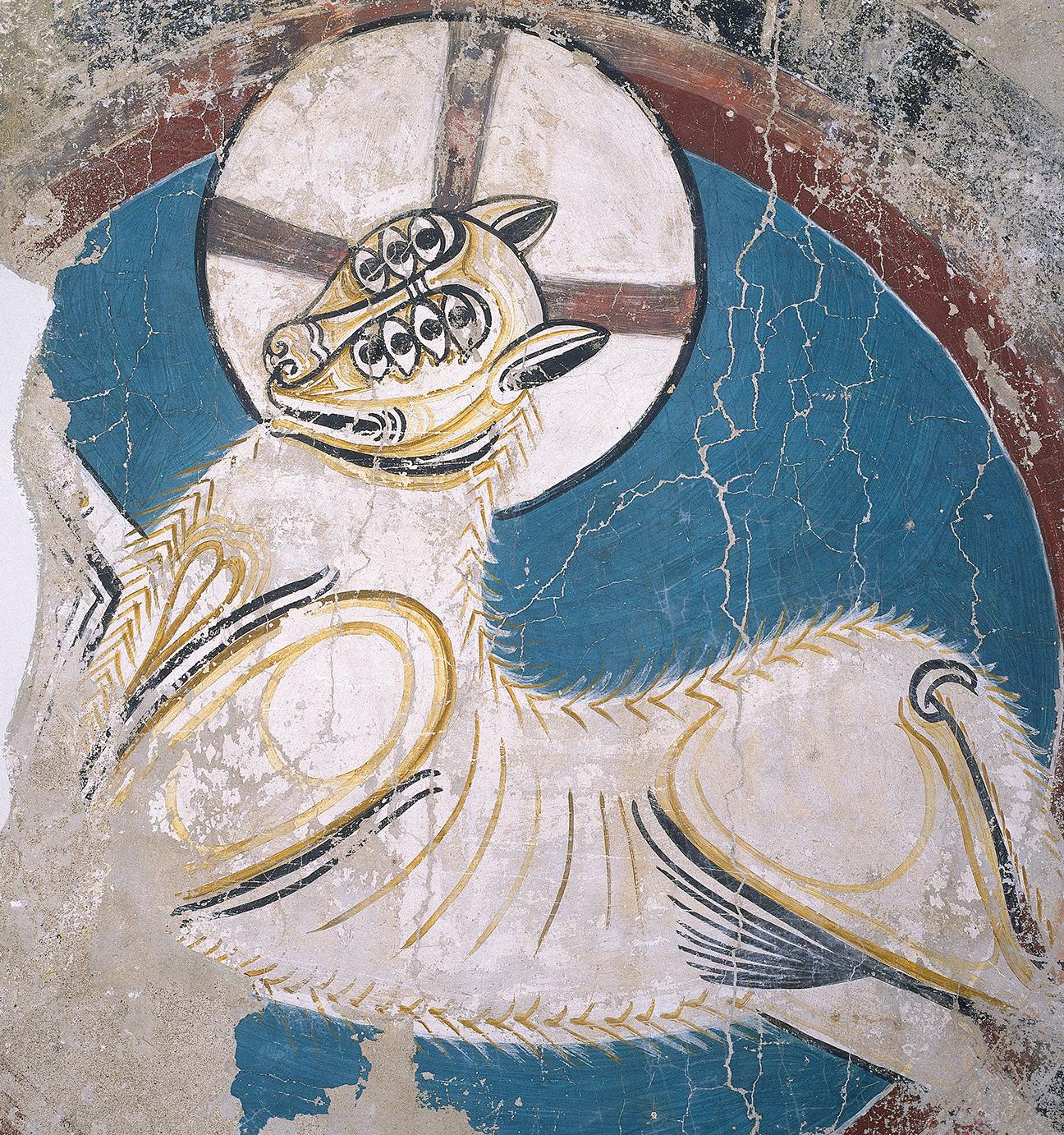
The Cercle d'Economia hosted a conversation yesterday, Wednesday, starring Joaquim Borràs Gómez , director general of Cultural Heritage of the Generalitat . The event, organized by the Association of Professionals of Museology of Catalonia (AMC) and the Cercle de Cultura , served to outline the main lines of institutional action in this area towards the 2030 horizon.
During his initial speech, Borràs highlighted three major objectives that guide his direction: guaranteeing cultural rights with universal and participatory access, consolidating a strong and well-coordinated cultural system, and placing heritage at the center as an element of collective identification. “Heritage directly challenges us,” he stated, advocating for a living, shared and integrated culture in society.
A new regulatory framework and strengthened institutions
One of the pillars of the roadmap is the updating of the legal corpus. According to Borràs, current heritage legislation, which mostly dates from the 1990s, no longer responds to the realities of the 21st century. “The 1993 cultural heritage law was exemplary, but it has become outdated,” he explained. In this sense, work is being done on three new legislative texts: a new cultural heritage law with a cross-cutting vision, a reform of the archives law to adapt it to the digital paradigm, and an update of museum regulations.
[row2f15]
Regarding facilities, Borràs highlighted the need to strengthen national museums —such as the National Art Museum of Catalonia, with an expansion planned for 2029—, as well as the Museum of Archaeology, the MNACTEC and the Museum of History of Catalonia. It is also planned to complete the works on the National Archive and strengthen the Center for Movable Property so that it becomes a reference in conservation policies. In addition, the aim is to strengthen museum networks throughout the territory, coordinating public policies with the provincial councils of each demarcation.
Protect, socialize and research
In the field of protection, an increase in subsidies for the conservation, restoration and adaptation of spaces for public visits is planned, as well as the incorporation of new typologies into the catalogue of Cultural Assets of National Interest (BCIN) . Initiatives such as the National Reserves Plan —with a new headquarters planned for 2028— and the Integrated Research Plan 203 0, which aims to position cultural facilities as reference agents in the scientific field, stand out. The National Collection is also prioritized, with a clear, joint and integrative vision of the country's heritage.
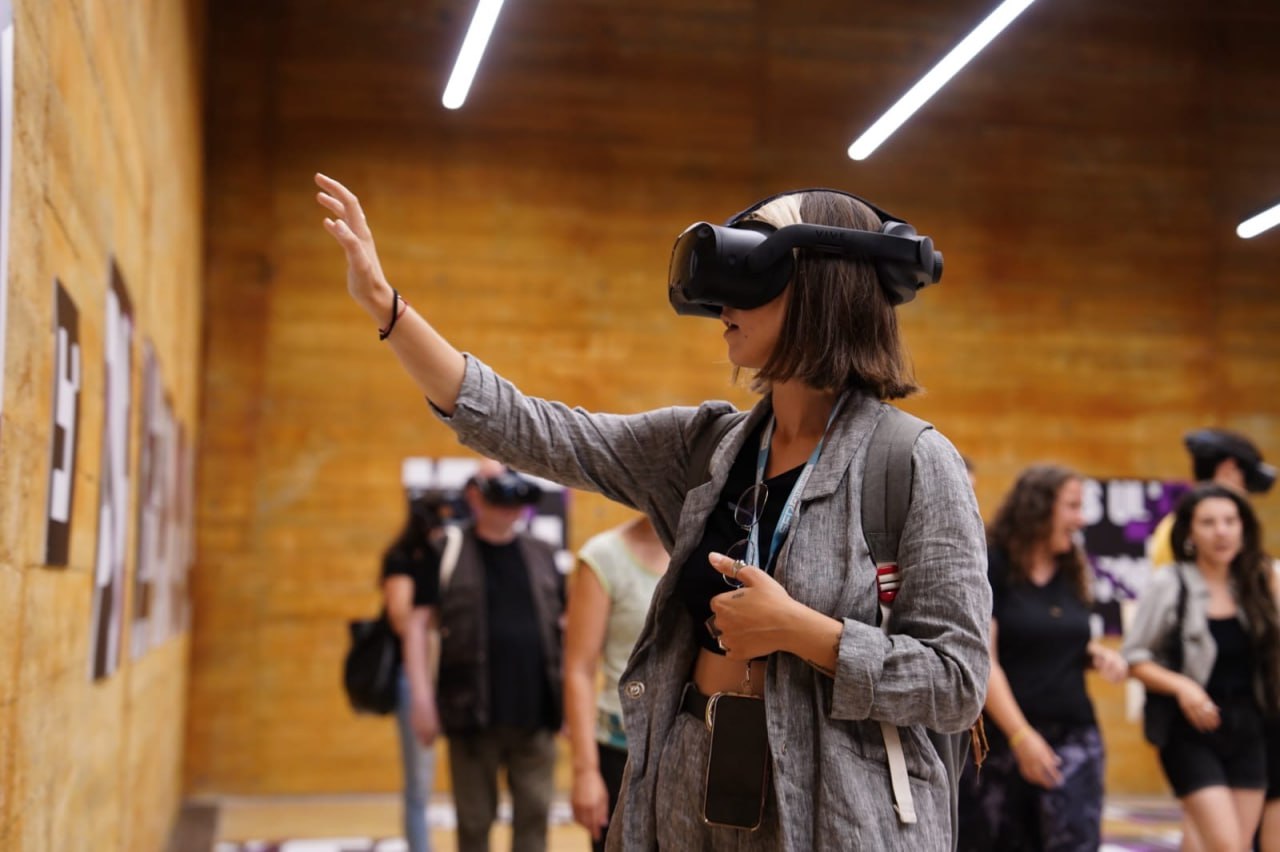 'Els ulls de la història' al Centre d’Interpretació de l’Art Rupestre de la Roca dels Moros del Cogul.
'Els ulls de la història' al Centre d’Interpretació de l’Art Rupestre de la Roca dels Moros del Cogul.
The social dimension also plays a key role. Projects such as The Eyes of History, which offers an immersive look at heritage, aim to make it closer and more attractive, especially for young audiences. “We need to offer emotions and experiences in line with what they need,” stressed Borràs. This line of action also includes improving universal accessibility and promoting social dialogue through the Cultural Heritage Social Roundtable. In this context, the celebration of the International Archives Congress in 2025 also stands out.
Answers to the great challenges of heritage
During the question and answer session, Joaquim Borràs, from the Directorate General of Cultural Heritage, highlighted the urgent need to update the legal framework to adapt it to new heritage realities. He warned about the fragility of heritage, especially in areas with few resources, and called for adequate funding and a more active involvement of local communities to guarantee its protection.
 Jordi Pardo, president del Centre de Cultura, Joaquim Borràs, director general de Patrimoni Cultural de la Generalitat, i Norma Vélez, vicepresidenta de l'Associació de Museòlegs de Catalunya.
Jordi Pardo, president del Centre de Cultura, Joaquim Borràs, director general de Patrimoni Cultural de la Generalitat, i Norma Vélez, vicepresidenta de l'Associació de Museòlegs de Catalunya.
Borràs insisted that the approval of a new heritage law will be key, despite the legislative difficulties, and stressed that, beyond regulations, heritage must be a living asset, accessible and shared by everyone. Regarding the Museum Plan , he explained that 70% of the actions planned since 2018 have been completed, and that the second phase will begin with the new museum law being drafted and a participatory process planned between 2026 and 2028. He assured that it will not be approved during this legislature, but that the project will be well on track for the next one.
Regarding new heritages —digital, intangible and landscape—, he defended their full integration into public policies, with an update of inventories and close collaboration with town halls and communities to protect and value them. Regarding the mass tourism in Barcelona, he proposed redistributing cultural flows towards less visited areas, giving as an example the Romanesque Route. He also announced that work is already underway on a Tourism and Heritage Plan together with other departments.
In relation to the young public, he acknowledged the difficulty of connecting with them, but he is committed to immersive projects, heritage education and a greater presence in the digital environment. Finally, when asked what he would be most excited to achieve, Borràs answered without hesitation: “Having a budget”. The objective is to reach the 2% that will allow the deployment of structural projects, open new lines of subsidy and guarantee the stability of heritage policies.





